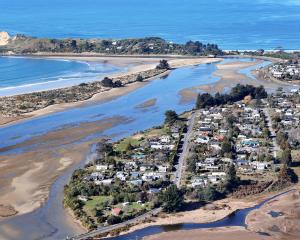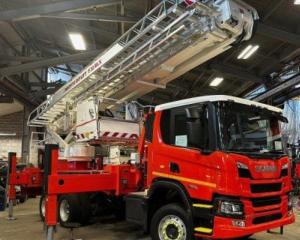
The Department of Conservation (Doc) said in a statement this week its signs were being needlessly damaged throughout the country.
Recent incidents included the green and yellow signs being riddled with bullet holes, being driven into, being "keyed" so information cannot be read, or simply removed altogether.
In the South Island, 902 Doc signs had been flagged for replacement or repair.
That compared with a total of 1155 signs being replaced or repaired in the three-year period from July 2022.
Doc asset inspector Charlie Barnett has seen it all. His job is to assess the condition of bridges, huts, signs and other structures.
He said he saw at least two or three badly damaged signs a month during his inspection rounds.
"It’s really frustrating to see the needless destruction of Doc signs and infrastructure. It is also a safety concern, as people could be walking the tracks while signs are being shot at, with projectiles travelling far beyond the eye.
"The signs riddled with bullet holes are usually out in the back country, while closer to town it’s mainly graffiti or being knocked over or driven into," he says.

"Be the better person in nature. Save target practice for the range and leave the signs alone."
Doc has 26,759 signs across the country. The department spent $350,523 on signs in the 2024-25 financial year. Next year’s budget has increased to $587,248.
Doc strategic asset manager Kushla Tapper said it was not just a vandalism issue — it was also about keeping the public safe.
"Some signs lose their reflective quality when vandalised and that means they can’t be seen in poor weather conditions or the dark. This can be the difference between safety and significant harm for travellers. These signs contain essential information," she said.
"We want the public to know that the time and costs we spend on repairing and replacing signs could be better spent on doing other work to protect biodiversity or maintaining huts and tracks.
"We could maintain more visitor assets if we didn’t have to keep reassigning funds to fixing vandalism of essential signs.
"Ultimately, our message is please, leave the signs alone. We love that more people are enjoying the outdoors, but this is the opposite of what ‘naturing’ is supposed to be about. Naturing is about respecting and caring for the environment, and that includes our signs."











